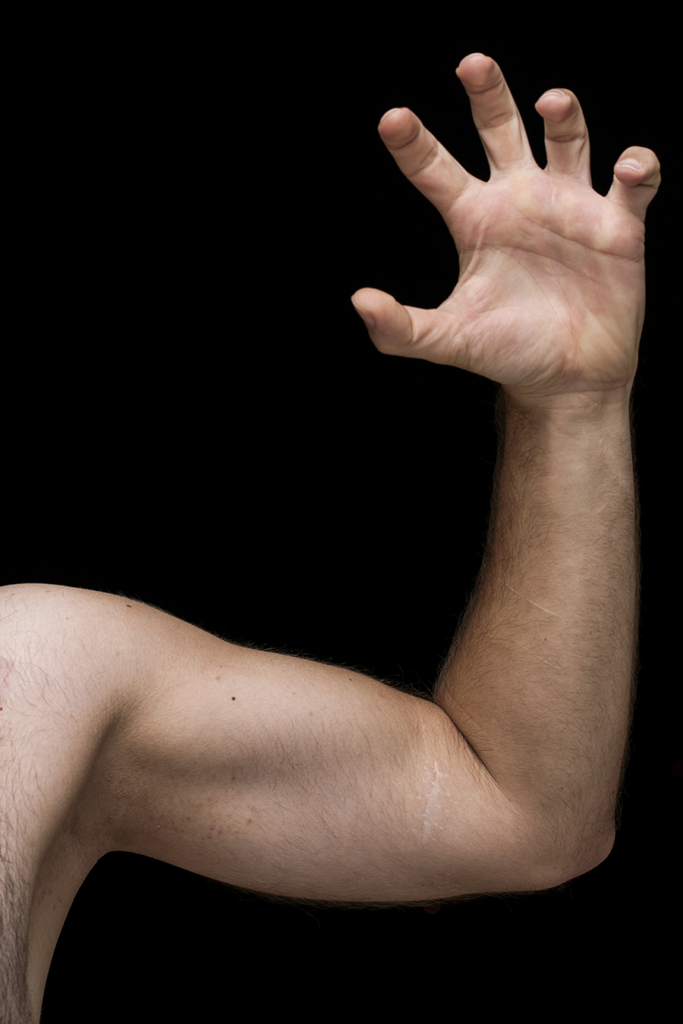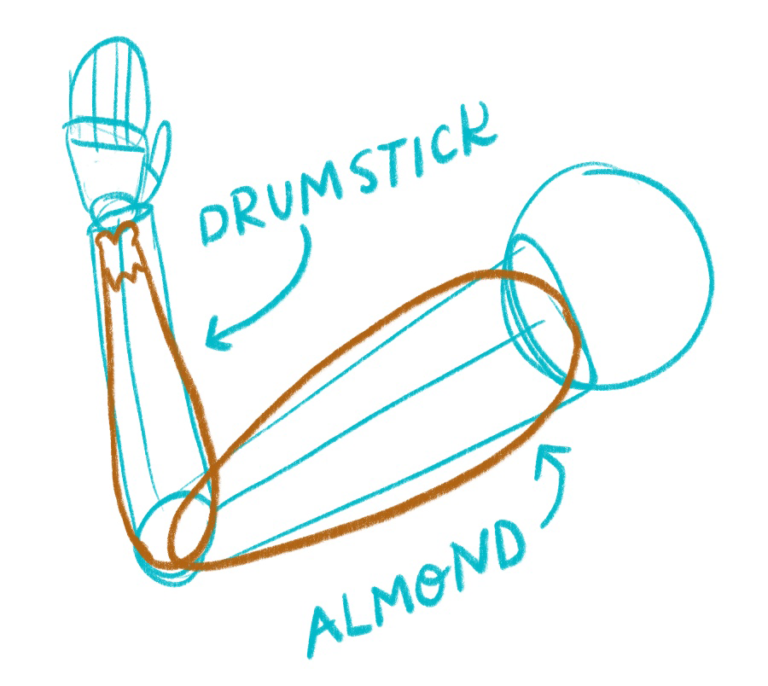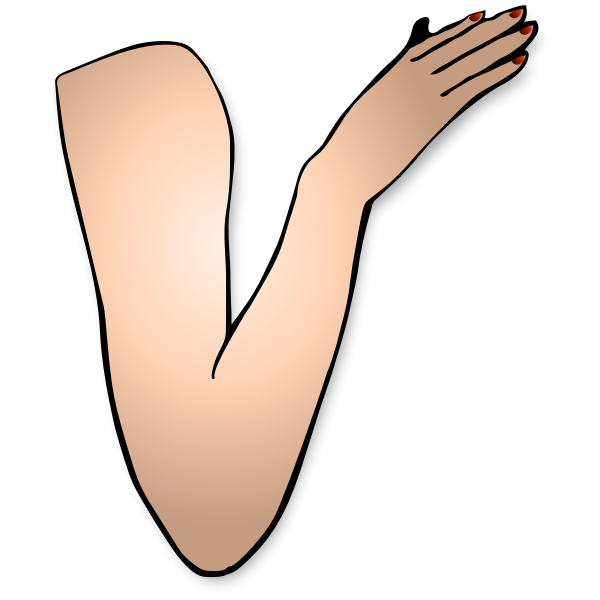Arm elbow lady drawing bent svg vector
Table of Contents
Table of Contents
If you’re an artist of any skill level, you know the frustration of trying to draw a bent arm that looks natural and realistic. No matter how much you practice, elbows always seem to come out wonky and fingers look disjointed. But fear not, because learning how to draw a bent arm is easier than you think.
Anyone who has attempted to draw an arm in a realistic pose knows just how tricky it can be. The elbow that just never seems to look right or how to make the muscles in the arm look like they are flexing correctly. Even experienced artists struggle with creating the illusion of a lifelike bent arm.
First, it is important to understand the anatomy of the arm. The bone structure and muscle placement are essential for getting each part of the arm in the correct position. Then, it’s all about breaking the arm down into basic shapes and curves, and using those shapes as a framework to build the rest of the arm. By practicing with photo references and studying real-life arm movements, you can start to create more realistic bent arm drawings with ease.
Learning how to draw a bent arm takes practice and patience. Breaking it down into basic shapes and understanding the arm’s anatomy is a crucial first step. Then, studying reference photos or videos of arms in motion can help you to understand how the arm moves and bends in different positions. Finally, practice, practice, practice!
How to Draw a Bent Arm: Tips and Techniques
I used to struggle with drawing bent arms until I discovered this technique that worked well for me. When I first started, I would start by sketching out the general shape of the arm, but it always looked odd. Here’s what works best for me:
 Begin by drawing an outline of the arm, but instead of attempting to sketch out all the muscles, draw a series of curves. You can use simple curves or create more complex shapes that accentuate the motion of the arm.
Begin by drawing an outline of the arm, but instead of attempting to sketch out all the muscles, draw a series of curves. You can use simple curves or create more complex shapes that accentuate the motion of the arm.
Next, create a rough outline of the elbow joint, his can be a simple circle, or any shape that works best for you.
Finally, draw in the individual muscle groups as needed. This method provides a great foundation for creating a realistic arm that bends at the elbow.
The Importance of Lighting in Drawing a Bent Arm
One crucial detail that many artists overlook when creating a realistic arm is lighting. Proper lighting can highlight the contours of the arm and help to create a more dramatic and realistic effect. When you get the lighting right, the arm will look like it’s popping right off the page.
 When you’re drawing a bent arm, pay attention to where the light is coming from. Is it shining on the back of the arm, highlighting the contours of the muscles? Or is it coming from the front, casting shadows on the folds of the elbow? Think about these details and how they can really help bring your art to life.
When you’re drawing a bent arm, pay attention to where the light is coming from. Is it shining on the back of the arm, highlighting the contours of the muscles? Or is it coming from the front, casting shadows on the folds of the elbow? Think about these details and how they can really help bring your art to life.
Practice Makes Perfect
As with anything in art, the key to mastering how to draw a bent arm is practice. Start with simple poses and work your way up to more challenging positions. Study the anatomy of the arm and pay attention to the details of the muscles and bone structure. And remember to have patience and keep practicing. It won’t be long before you’re drawing natural-looking, lifelike bent arms with ease.
Don’t Be Afraid to Make Mistakes
Remember that everyone makes mistakes, even experienced artists. Don’t be too hard on yourself if your drawings don’t turn out perfectly at first. Focus on the process of learning and growing, and don’t give up. Practice as much as you can and soon, you’ll be drawing realistic bent arms that will leave you and others in awe.
Frequently Asked Questions About How to Draw a Bent Arm
Q: What’s the best way to practice drawing bent arms?
A: Practice makes perfect. Start with simple poses and work your way up to more challenging ones, and use photo references for guidance.
Q: Do I need to be an experienced artist to draw a bent arm?
A: Not at all. Anyone can learn how to draw a bent arm with practice and guidance.
Q: What are some common mistakes to avoid when drawing a bent arm?
A: One of the most common mistakes is failing to pay attention to the lighting on the arm, which can make it look flat and lifeless.
Q: How long does it take to learn how to draw a bent arm?
A: Learning to draw a bent arm can take varying lengths of time depending on the individual’s skill level and how often they practice. However, with regular practice, most people can master this skill in a few months.
Conclusion of How to Draw a Bent Arm
Learning how to draw a bent arm may seem daunting at first, but it’s a skill that anyone can master with enough practice and patience. By breaking the arm down into basic shapes and understanding its anatomy, studying reference photos or videos, and paying attention to lighting, you can create realistic and lifelike bent arms that will leave your audience in awe. Keep practicing, and soon you’ll be able to create stunning arm drawings that will take your art to the next level.
Gallery
Day 17 // How To Draw Arms • Bardot Brush

Photo Credit by: bing.com / pixabay
Day 17 // How To Draw Arms • Bardot Brush

Photo Credit by: bing.com / bardot
Vector Drawing Of Lady Arm Bent At Elbow | Free SVG

Photo Credit by: bing.com / arm elbow lady drawing bent svg vector
Day 17 // How To Draw Arms • Bardot Brush

Photo Credit by: bing.com /
Bent Arm Drawing Reference - Xobokanwarteg Wallpaper

Photo Credit by: bing.com /






